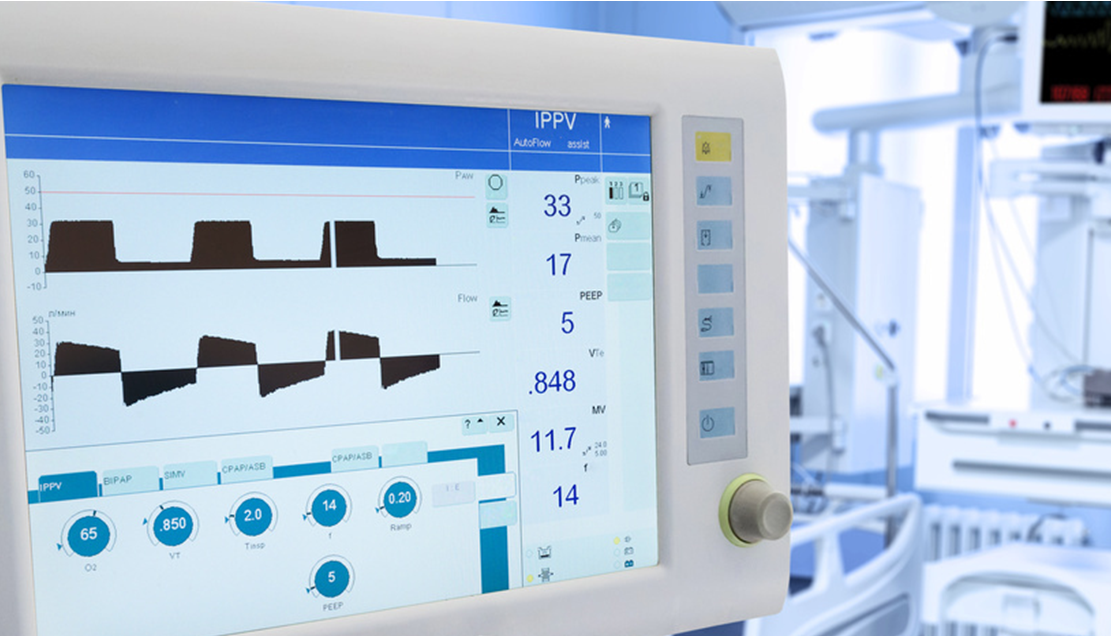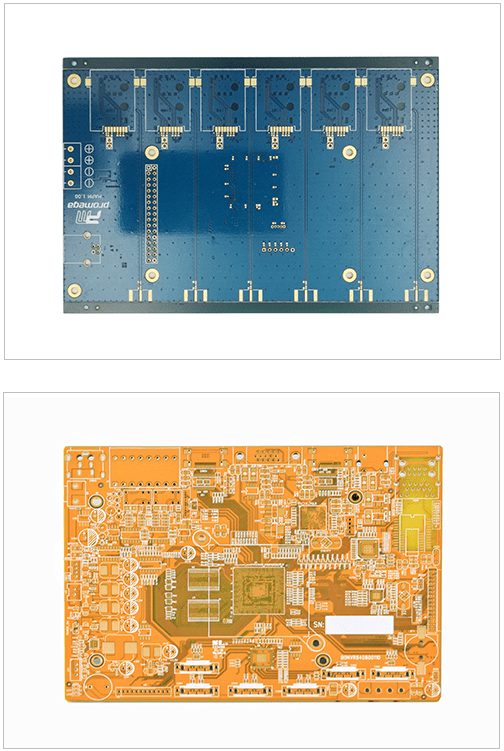Medical PCB Technologies And Its Type
Extra attention must be taken while producing medical PCBs to assure reliability. This
is because human life relies on the equipment in which they are placed. When it comes to
cleanliness, PCBs must also satisfy very rigorous requirements. This is particularly
true of those utilized in implants. First and foremost, they must be hygienic. They must
also be more compact than usual. As a result, HDI (High-density interconnect) PCBs are
employed in the majority of medical devices.
HDI / via-in-pad technology
The design of inserting the via within the copper pad is known as via-in-pad, and it is
commonly used to save space on the PCB. The PCB may offer up to 50% more space for
component placement when employing in-pad technology. The extensive usage of via in pad
by PCB engineers has resulted from the pursuit of more acceptable pitch devices and
smaller electronic goods.
Surface Mount Technology
Surface mount technology, or SMT, is used in virtually all commercially manufactured
devices today since it provides substantial advantages during PCB manufacturing and
allows considerably more electronics to be packed into a much smaller space due to the
smaller size of SMT components. Aside from the compactness, surface mount technology
(SMT) enables automated soldering and PCB assembly, improving dependability and saving
money.

